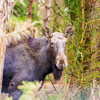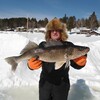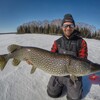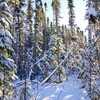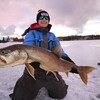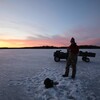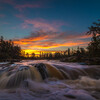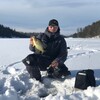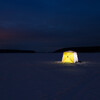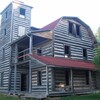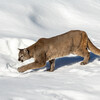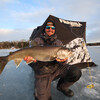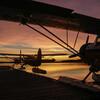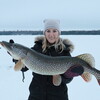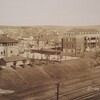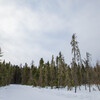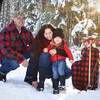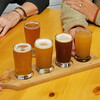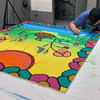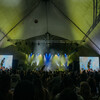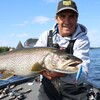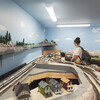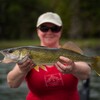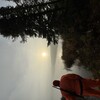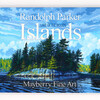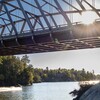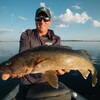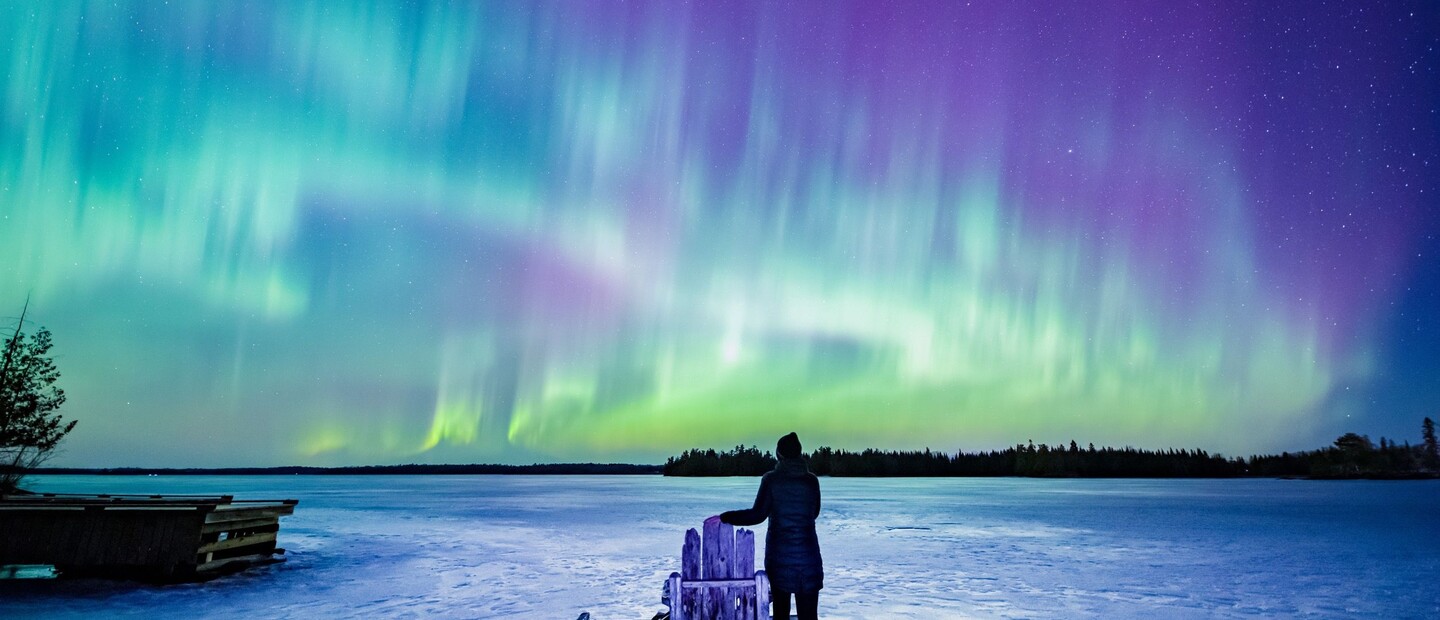
9 Incredible Photos of The Dark Skies of Northern Ontario
Incredible Dark Skies
You may have noticed lately that there is an emerging interest in dark skies. There are even regions, including nearby Quetico Provincial Park, with official Dark Sky designations. For those of us who are lucky to live in Northern Ontario, we are no strangers to dark skies. Most of us can look right out any window in our home and see the stars, constellations, and, when it appears, the Aurora Borealis. And, even if you do live in one of our bigger towns and cities in the North, you can still appreciate these things that can be more difficult or impossible to see from large urban centres.
If you don’t live here, well, you are still in luck. As a tourism destination, our communities abound with accommodation possibilities. From resorts to cabin rentals, hotel rooms to RV sites, campgrounds to backcountry camping, and even houseboats. If you’d like to visit, there’s something for everyone.
I can step outside my door and see clearly, unaided, the Milky Way, stars, planets, constellations, meteor showers, and the Aurora Borealis. And, as an Astrophotographer and citizen scientist interested in astronomy, dark skies are of keen interest to me!
Here are some of my dark sky photos of Northern Ontario—and tips for photographing the night skies!
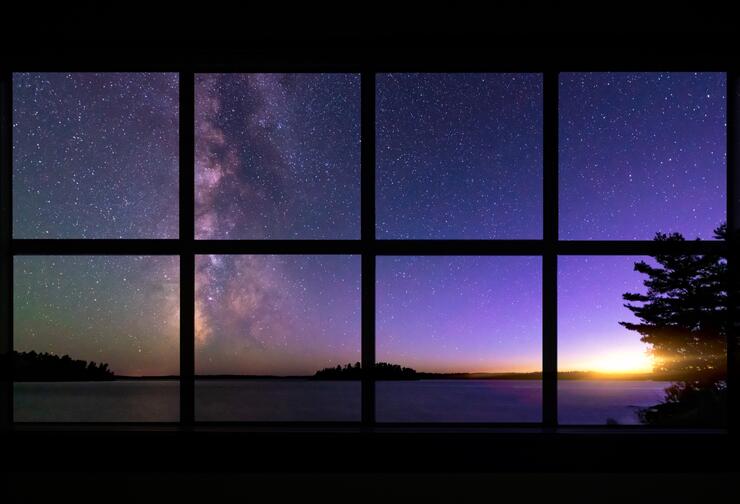
Avoid Light Pollution
I often hear from friends or family in nearby towns who can’t believe how bright the Northern Lights or meteors look in photos that I post on social media. They will recount that they too went out to look, at the very same time, but couldn’t see anything.
Light pollution, from streetlights, traffic lights, yard lights, backlit signs, etc., in densely populated communities, even smaller ones, can obscure or limit one’s view. Tightly situated buildings are also prime obstructions in towns and cities. The Aurora Borealis, unless they are particularly—on rare occasions —very active, are primarily seen right above the northern horizon. If your house is surrounded by other houses or buildings, seeing the far-off horizon is a challenge.
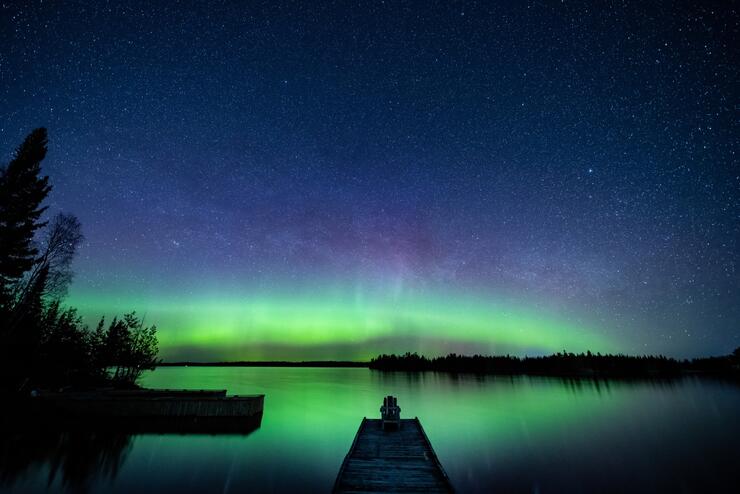
When the Northern Lights are strong, it is possible to see them higher in the sky, in all directions, and even directly overhead. Including from within cities. As luck would have it, we are heading into a cycle where these strong events may happen more frequently.
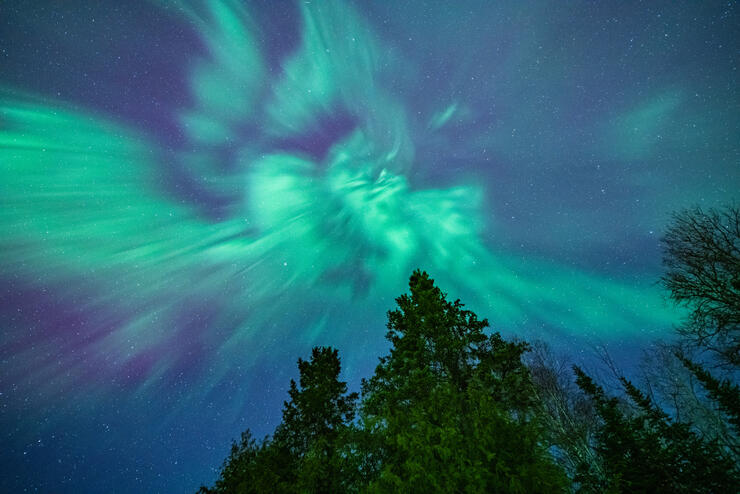
The Aurora Borealis is caused by the sun and varies in intensity across a solar cycle. There are periods of low activity (solar minima) and periods of high activity (solar maxima). After over a decade or more of low activity, we are headed into a solar maximum. Already, in the Fall of 2021, we have seen some spectacular Auroral events. On the night of October 12th, 2021, you may have noticed social media and traditional news media channels flooded with images of bright Northern Lights all throughout the Northern Hemisphere. And again, on November 3rd, 2021, there was another strong geomagnetic storm that produced an amazing Northern Lights display.
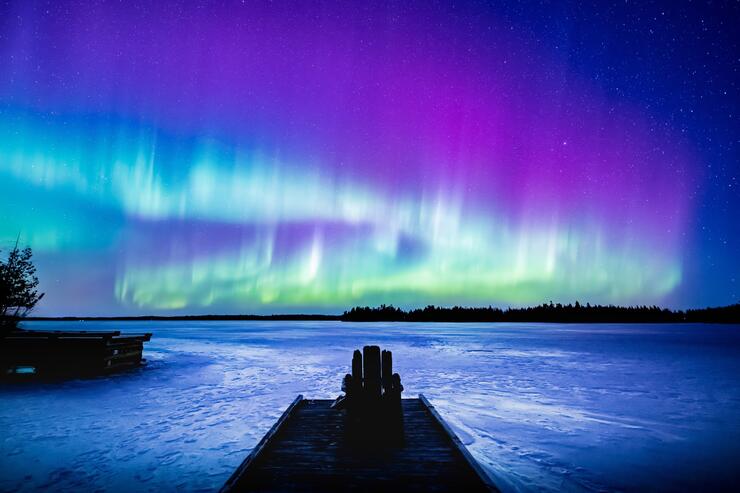
While these strong events afford viewers the chance to see the dancing lights unaided, without special equipment, cameras do amplify the colours and contrast of the Aurora Borealis against the darkness of the night sky. I have been asked if I ‘photoshop’ my images to get them to look the way they are. Generally, I think that people associate Photoshop with something artificial or fake. First, I don’t use Photoshop for the Aurora images. Second, the reason why a photograph looks different from what the human eye can see is actually scientific. See the image below for an example.
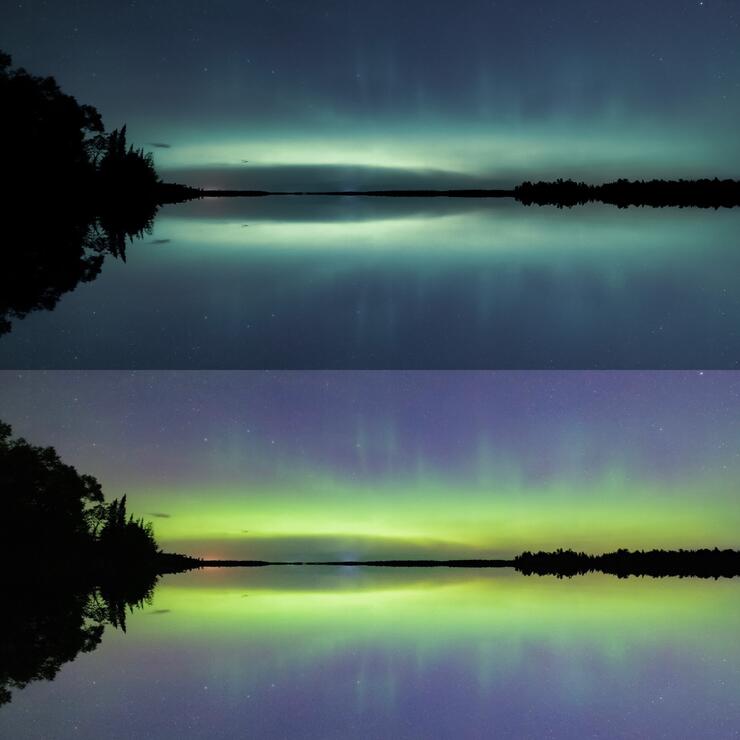
Humans can only see colour in the centre portion of our field of view. This is where most of our eye's colour-sensitive cones are located. Cones are what is responsible for our daylight vision, and these are dedicated to capturing red, green and blue light. As daylight fades to night, our cones slow and are replaced by our rods, which are monochromatic. Therefore, most of what we see at night is rendered in black and white. The Aurora Borealis mostly only appears to us in shades of white and grey-green because the light is too faint to be sensed by our colour-detecting cone cells.
Camera sensors don't have this limitation. The sensor is uniformly exposed. The ability to control the long length of exposure times and high ISO (light-sensitive) settings, result in a much higher dynamic range of vision in the dark than people can see. The billowy Milky Way, hints of the true colours of the stars, planets, nebulas and meteors, or the bright rainbow-like colours of the Northern Lights in photographs aren't (in most cases, certainly mine) fake or photoshopped, they are just the difference between what we can see and what the camera can see. Of course, photographers do edit their photos so they look as good as possible, but in most cases, including mine, the modifications are minor and only made to enhance what is already quite naturally beautiful.
Cameras with special equipment, such as trackers or high-powered telescopes can exponentially open up whole other worlds of possibilities in astrophotography. Night photography relies on the ability to use long exposure times. As the earth is always moving, there is only so long you can open the shutter before whatever you are shooting in the night sky appears to trail, blur or move. While there are some times that this is the desired effect, such as stair trail photos, for other images, this is not the goal.

Trackers are another name for motorized equatorial mounts. An equatorial mount moves at the same time as the earth rotates. When you mount it between your tripod and your camera, you can use longer exposures to capture more light and colours.
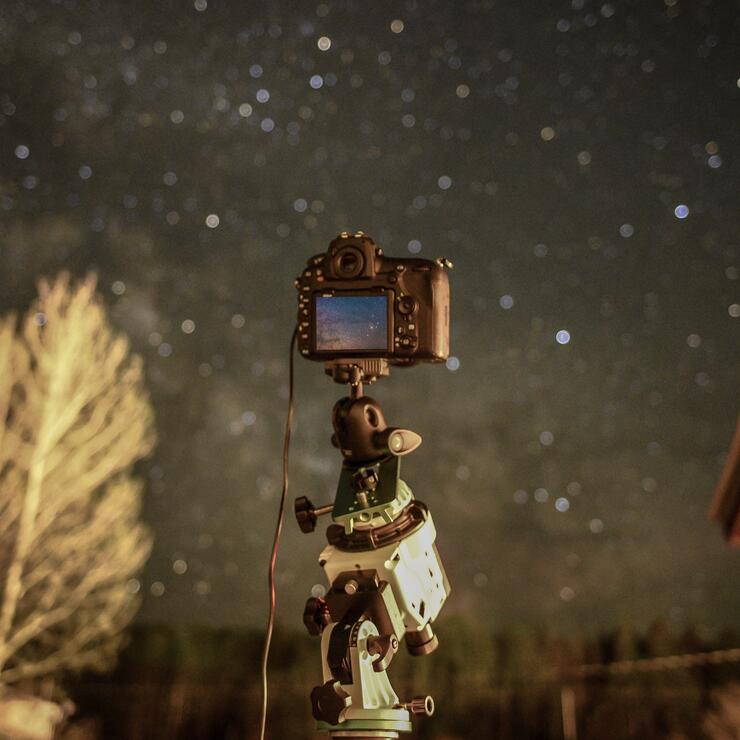
High-powered telescopes are an even more specialized tool. They provide opportunities to photograph deep-space objects. For an example, see the image of the Orion/Running Man nebulae below.
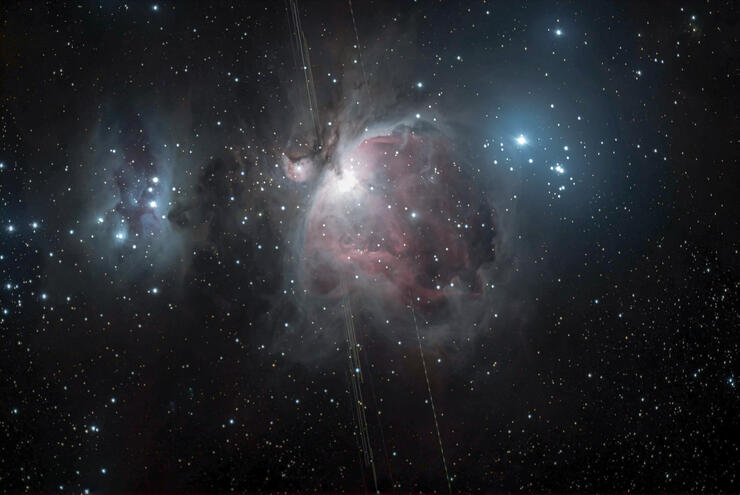
Cameras and special equipment aside, just being able to see and witness these things and events in our dark, night sky, is a privilege. You don’t need special equipment for that. And, for those who can’t be here to enjoy our dark, rural skies, I am happy to share my work for you to see online.
Editor's Note: You can follow Wanda online and even purchase some of her incredible photography. See the links below:
Instagram: @wandak
Facebook: @LakeOfTheWoodsDesign
Retail on the web (local pick-up, delivery and shipping available): wandakabeleaston.com
Email Inquiries: wkabel@outlook.com
Recommended Articles

Is the 1,400 Kilometre Drive to Northwest Ontario For a Fishing Trip Worth it?
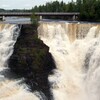
8 must-see waterfalls

6 Ways to Get Your 10,000 Steps This Fall

Top 5 Reasons You Should Be Fishing in Morson, Ontario

Discover The Winnipeg River

Enjoy Sunset Country's Fall Colours on Your Next Road Trip

Fishing in the Fall?

6 Reasons to Book a Fall Vacation to Sunset Country

10 Reasons to Avoid Ontario’s Sunset Country

Heading Across Canada?

A Guide to Sunset Country Museums
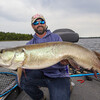
The Promised Land: Best Muskie Fishing in Ontario

Fall Fishing Tips
5 Essential Boreal Experiences in Ontario's Sunset Country

5 Obscure Facts About Northwestern Ontario: Were You Aware of These?
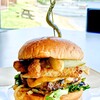
Great Food in Relatively Unknown Places
Outdoor Medicine

A Guide to Bringing Your Pets on Vacation to Canada

There's more than just fishing in the Red Lake Region

5 Amazing Sights You Can Only See By Boat

Going Fishing in Canada?

Going fishing in Ontario?

Outdoor Adventure in Ontario's Northern Paradise
Planning A Family Fishing Trip to Canada

Tips from a Fishing Legend

